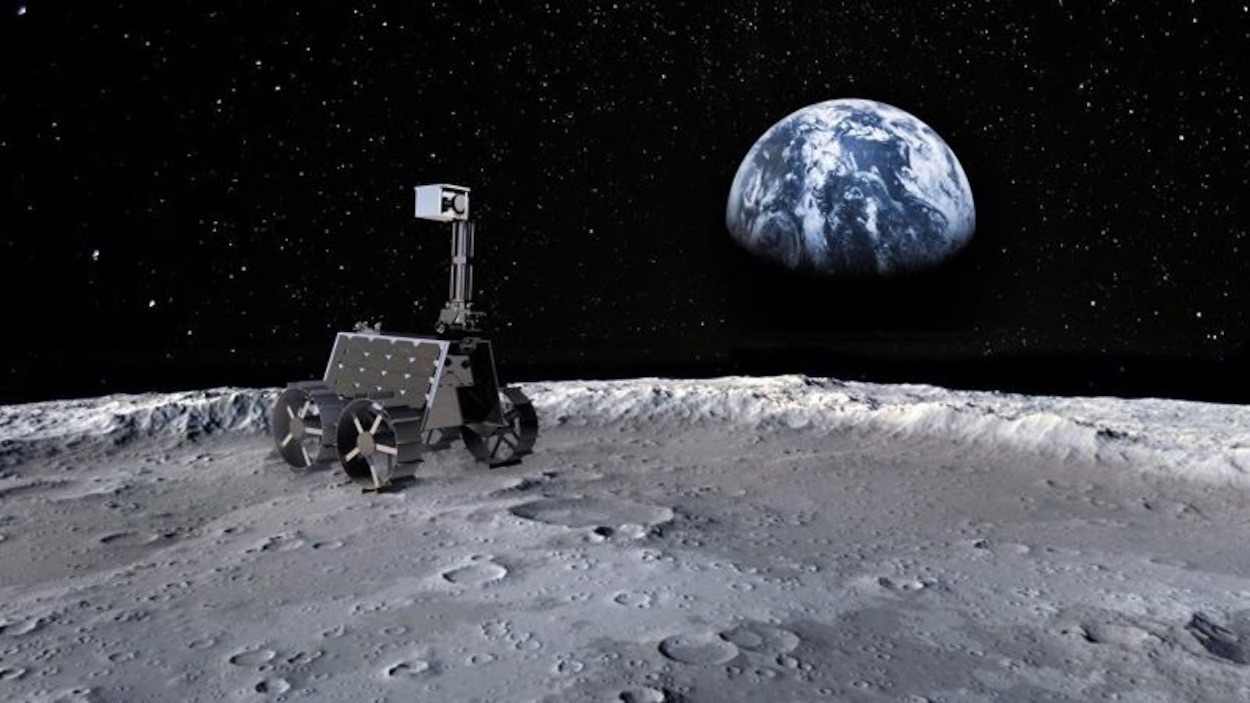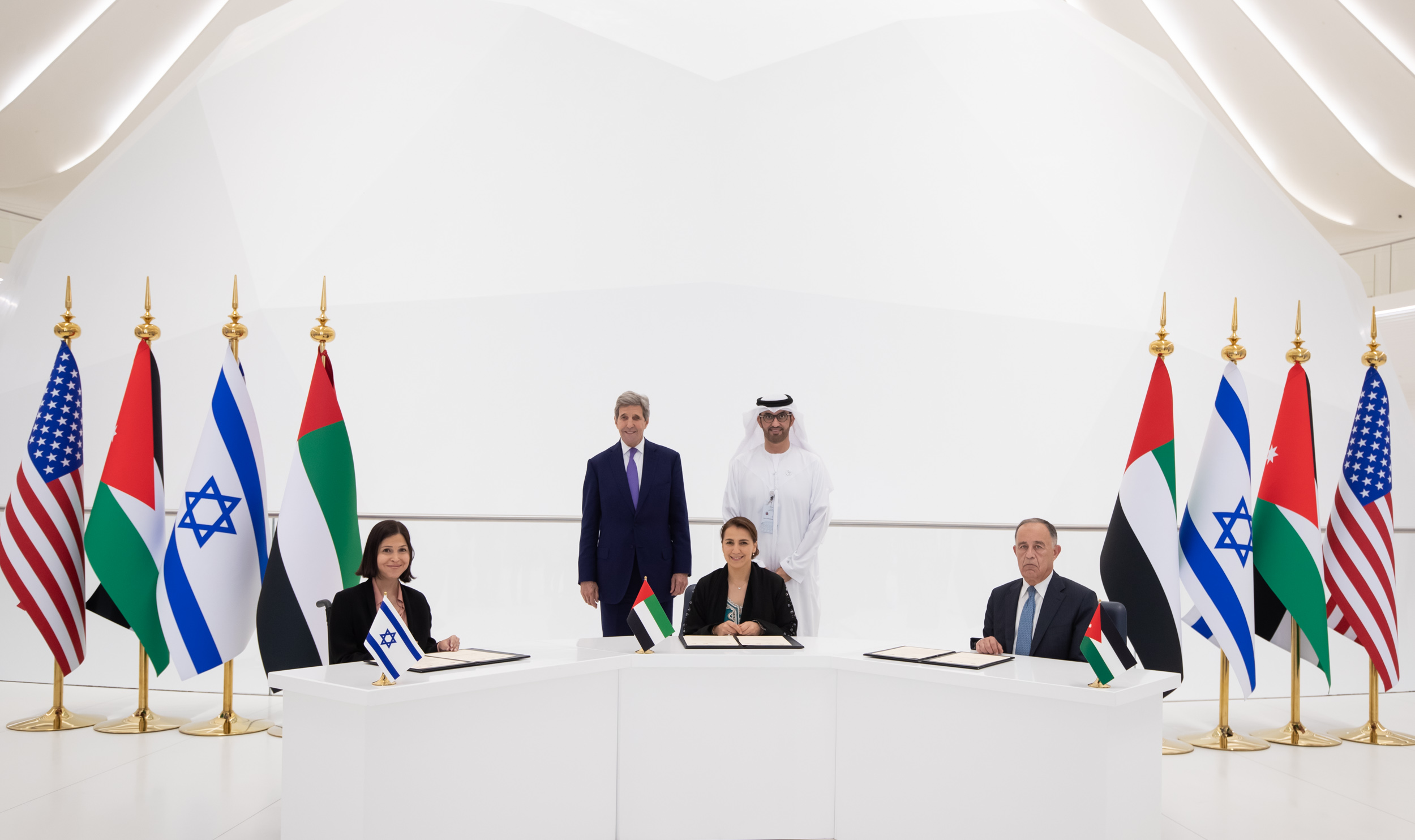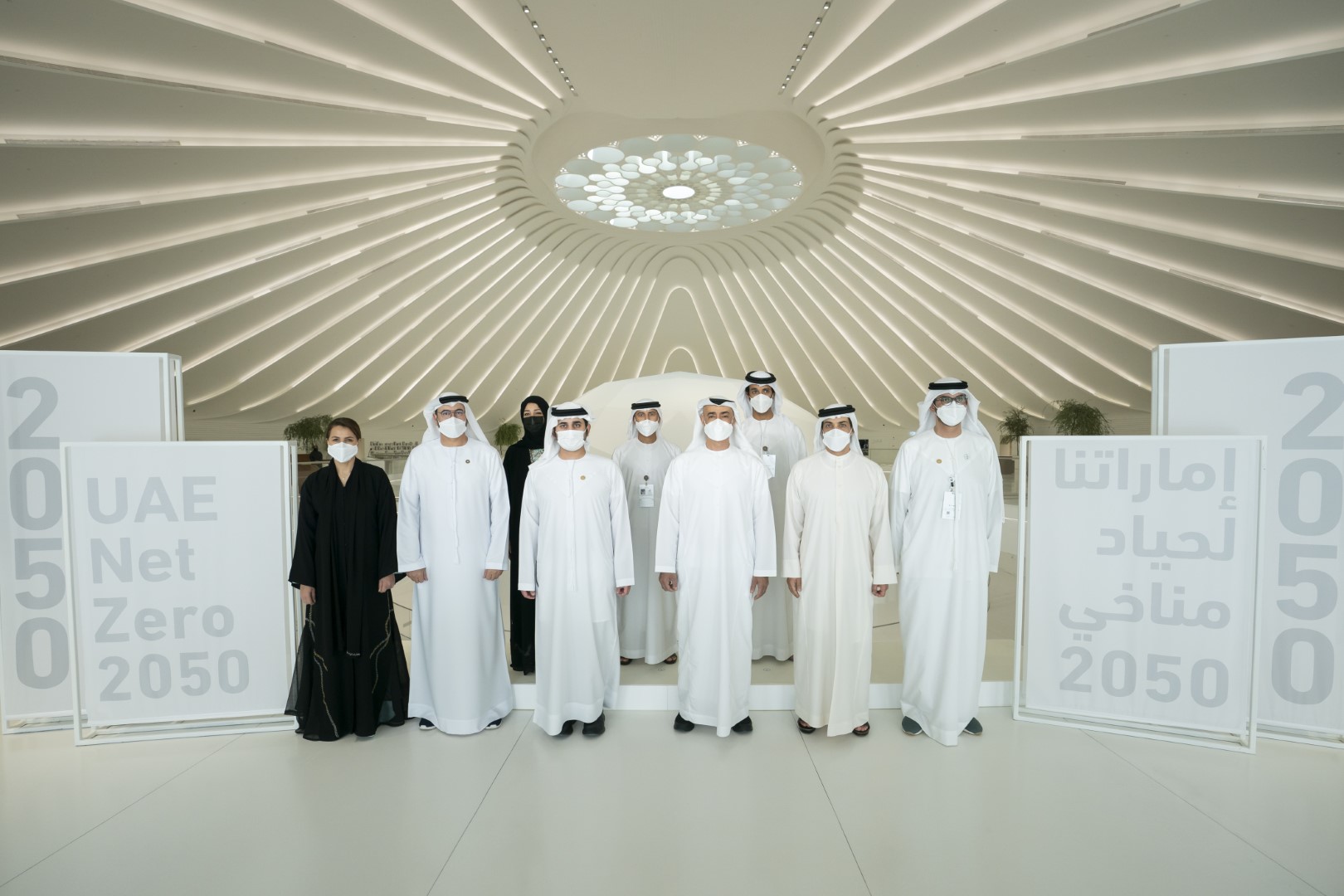Emirates mission will hitch a ride when a Japanese spacecraft blasts off next year.
The UAE aims to land its Rashid rover on the Moon by hitching a ride with a Japanese mission next year. The Arab world’s first Moon mission was announced in 2020, with an initial launch date of 2024.
Now, the Emirates has unveiled a partnership to bring its lunar ambitions forward by two years. A deal with Japan’s iSpace means the rover will be loaded on board its lander, which will be launched into space aboard a SpaceX Falcon 9 rocket from Kennedy Space Centre in Florida.

The mission was announced by the Mohammed bin Rashid Space Centre during a media briefing in Dubai on Wednesday.
“This collaboration focuses on delivering the Rashid rover on the lunar surface by the fourth quarter 2022,” said Adnan Al Rais, Mars 2117 programme director.
Under the agreement, iSpace will also provide wired communication and power during the cruise phase and wireless communication on the lunar surface.
The Japanese robotic lander is called Hakuto-Reboot, or Hakuto-R, and is the first to be built by iSpace.
“We selected iSpace because of their capabilities and the strong team they have. We’re honoured to be part of their first mission to the surface of the Moon,” Mr Al Rais said.
The UAE aims to land the rover on an unexplored region of the Moon. If the Rashid rover lands successfully next year, it will carry out a number of scientific objectives. They include studying the properties of lunar soil, the petrography and geology of the Moon, dust movement and studying the lunar surface plasma condition and photoelectron sheath.
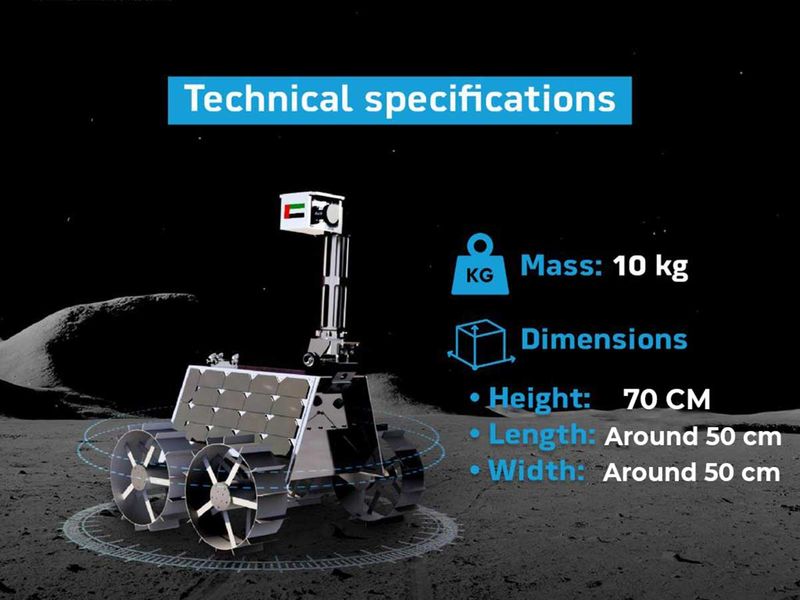
Joining the elite lunar club
However, before the scientific exploration can begin, there is the task of landing on the surface.
Only China, the US and former Soviet Union have successfully landed on the Moon. India’s attempt to land its Vikram lunar lander failed in 2019 because of a last-minute glitch.
If successful, Japan and the UAE would together become the fourth to land on the lunar surface.
Hakuto-R’s initial launch, which was initially scheduled for this year, has been delayed because of unspecified technical issues.
‘Made in the UAE’
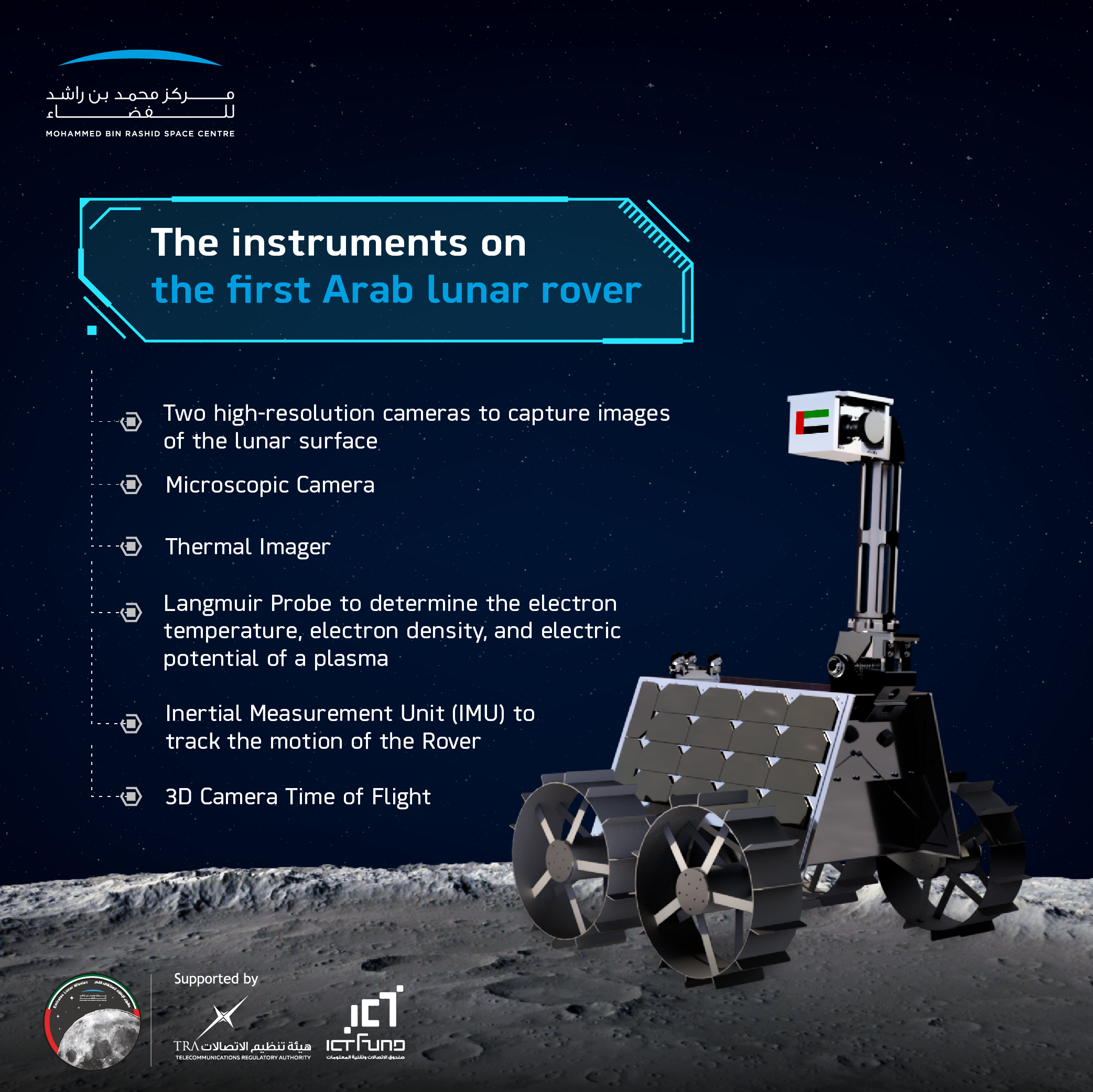
While iSpace would provide delivery services, the rover would be built entirely by Emirati engineers at MBRSC.
The new launch date means a tighter deadline for them to complete the development of the Rashid rover.
Dr Hamad Al Marzooqi, project manager of the Emirates Lunar Mission, said they are on schedule despite the new date.
“At the current stage, we are building a prototype that will resemble the flight model. The prototype will be tested. In the summer, we’ll go through different qualification testing through a simulated launch on lunar surface environments.”
Once the testing of the prototype satisfies the team, the development of the Rashid rover would begin.
1,000 images from lunar surface
If it manages to land on the surface of the Moon, the rover will spend one full lunar day – equivalent to 29.5 Earth days – carrying out its scientific objectives. It would send back more than 1,000 images of the lunar surface and help scientists gain newer insights on lunar soil and other properties of the surface.
Four-wheel drive
A landing site on the Moon is expected to be announced soon. It would land on the near side of the Moon, which offers a smoother surface with less craters.
Rashid will be able to travel at a maximum speed of 10 centimetres per second. The rover, equipped with four wheels, can climb over an obstacle at a maximum height of 10 centimetres and descend down on slope of 20 degrees.
It will have two high-resolution optical imagers for photos – the Cam-1 and Cam-2. The thermal imager, Cam-T, is the scientific camera, which can analyse different properties on the moon using the particle’s thermal energy.
The Langmuir Probes on the rover will analyse the lunar surface charge and electric fields.
